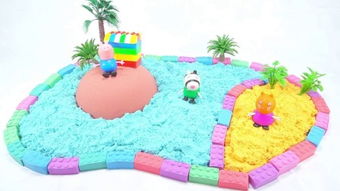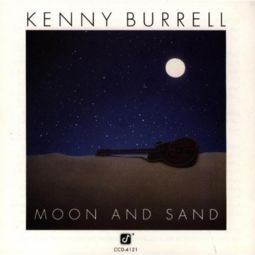Sand and Soil: A Comprehensive Guide
When you think about the earth beneath your feet, sand and soil are two of the most fundamental components. They shape the landscape, support life, and are integral to various industries. In this detailed guide, we will explore the characteristics, formation, uses, and environmental impact of sand and soil.
What is Sand?

Sand is a granular material composed of finely divided rock and mineral particles. It is a major component of the Earth’s crust and is found in deserts, beaches, and riverbeds. The size of sand particles ranges from 0.0625 to 2 millimeters, making it larger than silt but smaller than gravel.
Sand is primarily composed of quartz, feldspar, and other minerals. These particles are weathered and eroded from rocks over time. The process of weathering can be physical, such as freeze-thaw cycles, or chemical, such as the reaction of minerals with water.
Formation of Sand

The formation of sand involves several geological processes. Here’s a brief overview:
-
Weathering: Rocks are broken down into smaller particles through physical and chemical processes.
-
Erosion: The weathered particles are transported by wind, water, or ice to new locations.
-
Deposition: The transported particles settle in a new location, forming sand deposits.
-
Compaction: Over time, the weight of overlying material compacts the sand, making it more stable.
What is Soil?

Soil is a complex mixture of organic matter, minerals, gases, liquids, and organisms that together support life. It is formed from the weathering of rocks and the decomposition of plants and animals. Soil is found in various types, such as clay, loam, and sand, each with its unique characteristics.
Soil is composed of several components:
-
Minerals: These provide the physical structure and nutrients for plants.
-
Organic matter: This includes decomposed plants, animals, and microorganisms, which contribute to soil fertility.
-
Water: Soil acts as a reservoir for water, which is essential for plant growth.
-
Air: Soil contains air spaces that allow for the exchange of gases, such as oxygen and carbon dioxide.
-
Microorganisms: These include bacteria, fungi, and other organisms that play a crucial role in nutrient cycling and soil health.
Formation of Soil
Soil formation is a slow process that takes thousands to millions of years. Here are the key steps:
-
Weathering: Rocks are broken down into smaller particles through physical and chemical processes.
-
Organic matter accumulation: Plants and animals decompose, adding organic matter to the soil.
-
Transportation: Erosion and other processes transport minerals and organic matter to new locations.
-
Deposition: The transported materials settle and accumulate, forming soil layers.
-
Profile development: Over time, soil layers develop distinct characteristics, such as color, texture, and nutrient content.
Uses of Sand and Soil
Sand and soil have numerous applications in various industries:
Sand
-
Construction: Sand is used as a base material for concrete, asphalt, and other construction materials.
-
Landscaping: Sand is used for landscaping purposes, such as creating walkways, driveways, and sandboxes.
-
Water filtration: Sand is used in water filtration systems to remove impurities.
-
Industrial applications: Sand is used in the production of glass, ceramics, and other materials.
Soil
-
Agriculture: Soil is essential for plant growth, providing nutrients, water, and support.
-
Reclamation: Soil is used to reclaim land, such as mining sites and construction sites.
-
Landscaping: Soil is used
